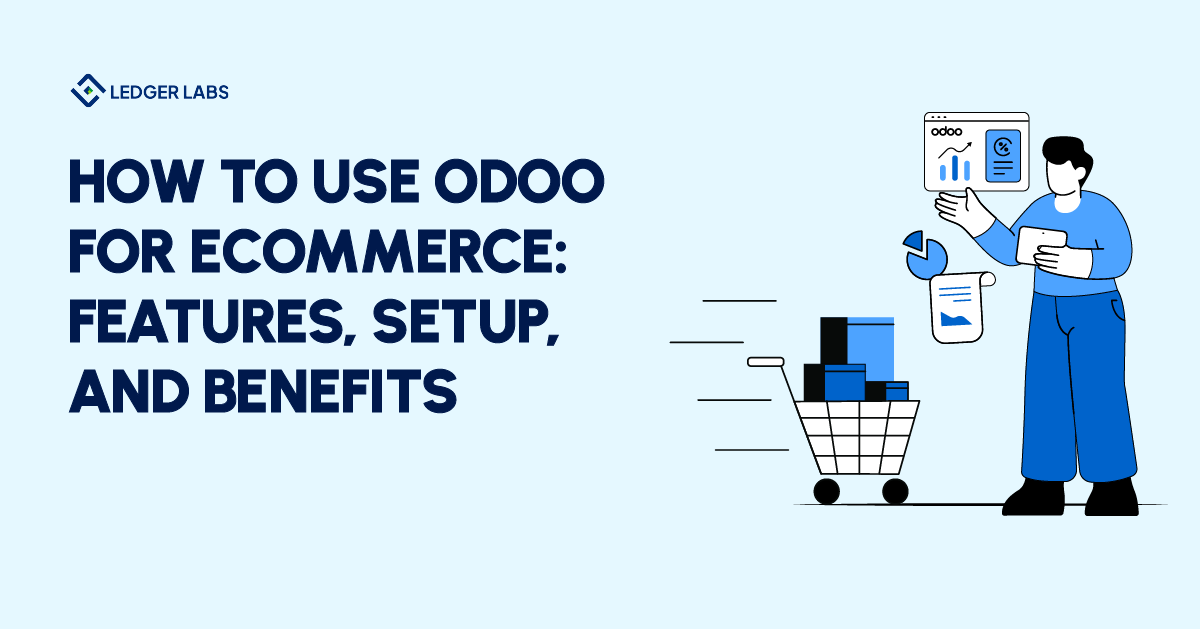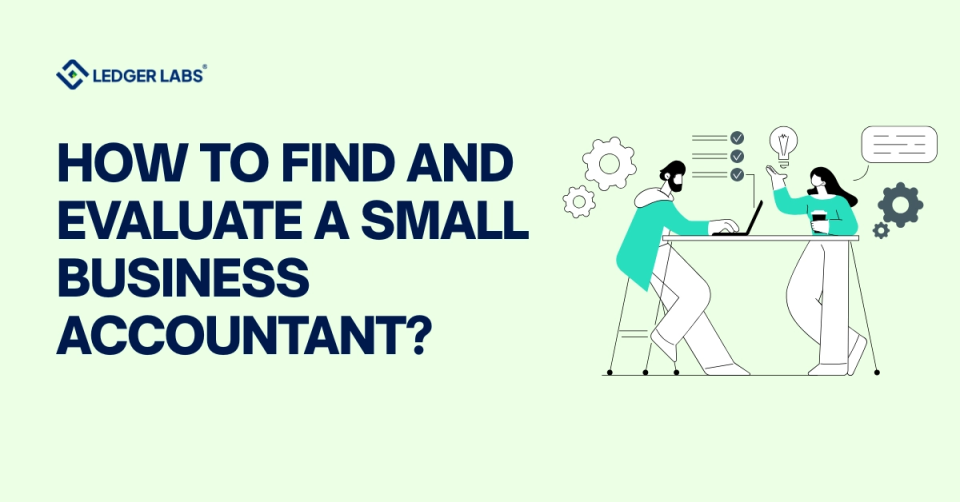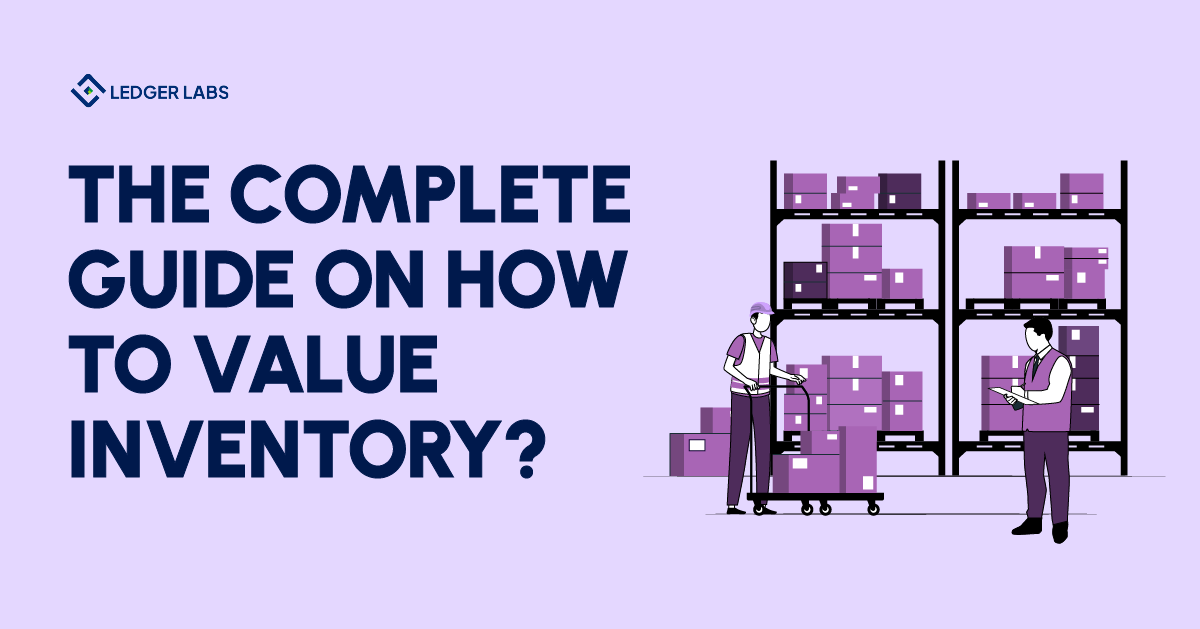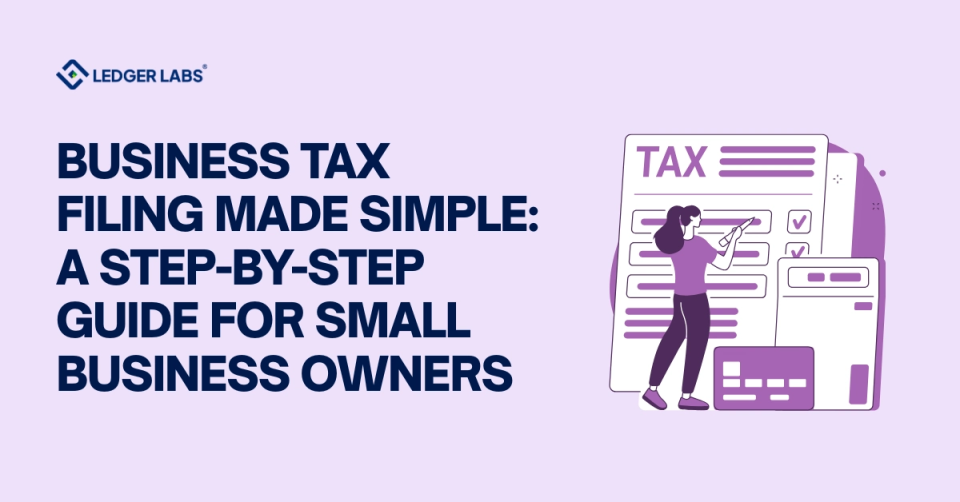On the front side, running any e-commerce business seems like selling products and just making money. Behind the scenes, however, it’s a mess of moving parts—inventory management, fulfillment, accounting, returns, customer service, tax compliance, shipping rates, payment gateways, sales analytics… and somehow, all of it is expected to run seamlessly.
Most e-commerce store owners try to fix most problems by using tools and managing individual apps for purposes like inventory management, accounting, syncing data, and managing reports. Then they hold the whole fragile setup together with spreadsheets and hope nothing breaks.
But things always break.
This is exactly the kind of problem Odoo was built to solve. Not with yet another tool, but with a single system that replaces the entire duct-taped tech stack.
If you’re running an eCommerce operation that’s scaling—or aiming to—this article walks you through how Odoo actually works, what it replaces, how to set it up properly, and why it’s one of the few platforms that can grow with you instead of against you.
- Odoo replaces disconnected tools with a unified system that manages storefront, inventory, accounting, and fulfillment.
- Every module in Odoo is native and interconnected, reducing manual work and data errors.
- Inventory updates, order fulfillment, and accounting entries happen automatically after each sale.
- Built-in integrations for payments, shipping, and returns eliminate the need for third-party plugins.
- Odoo provides real-time financial visibility, helping founders make informed decisions faster.
- While setup takes 4–8 weeks, the long-term payoff is a scalable, reliable eCommerce backend.
Why eCommerce Inevitably Breaks Without Integration?
In all fairness, most e-commerce platforms aren’t built to run your operations. They’re built to sell products. That’s it.
Yes, Shopify makes it easy to list items and collect payments. But the second you need inventory accuracy, or want to fulfill from two warehouses, or need clean accounting, you’re in plug-in territory. And those plugins never fully connect.
Here’s the real cost of disconnected systems:
- You oversell because your inventory tool doesn’t sync instantly with your store
- You refund customers manually because your returns app isn’t linked to your books
- You under-report tax because your sales data lives in three different systems
- Your finance team loses a week every month just reconciling orders and payouts
Now multiply those problems across hundreds of SKUs, five channels, three payment processors, and multiple shipping regions—and it’s obvious why founders burn out.
So What Makes Odoo Different?
Currently, the United States leads the e-commerce industry, achieving remarkable success with monthly sales of $183.38M via Odoo stores.
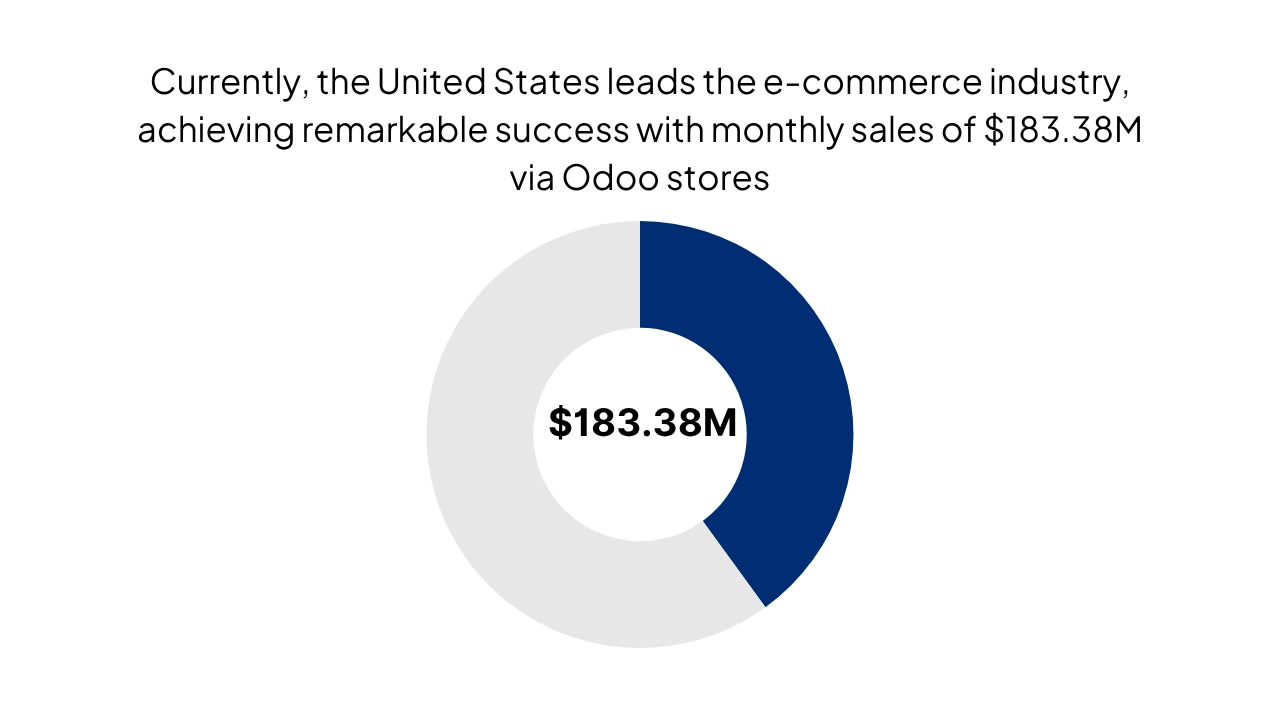
Odoo is an open-source ERP system, which means that a central system runs your business. And Odoo does it all in one place: website, product catalog, checkout, inventory, shipping, payments, CRM, accounting, even email marketing.
These modules are native. Built to talk to each other. When a customer places an order on your site, Odoo instantly adjusts inventory, creates a delivery order, generates an invoice, books the revenue, and flags it for reconciliation.
You don’t have to manually move data from one app to another. It just happens.
The best part is that it even scales up without changing platforms. Whether you’re processing ten orders a day or ten thousand, Odoo gives you visibility and control at every layer.
Building an eCommerce Store on Odoo
When most people think of eCommerce stores, they imagine slick storefronts. But looks are just the front end. Odoo helps you build both what the customer sees, and what your team runs behind the scenes.
You start by creating your storefront using Odoo’s Website module. It’s a drag-and-drop builder, so you can design clean, modern pages without writing code. You upload your product catalog, set up categories, product variants, prices, and configure taxes and shipping.
More importantly, every product you create in the store is immediately available in your inventory system.
This connection isn’t a plugin. It’s baked into the DNA of the platform. It means that when someone buys that product, Odoo can trigger fulfillment instantly, deduct stock, and show updated availability to your next customer in real time.
Robust Inventory Management Systems
One of the first signs a store is scaling is when inventory becomes a bottleneck. Maybe you’re running two warehouses. Maybe you’re doing just-in-time dropshipping from a supplier. Maybe you’re fulfilling from both Amazon and your own facility. Suddenly, you need more than a stock count—you need rules, locations, workflows, reorder triggers, batch tracking, and purchase planning.
Odoo handles your inventory management natively.
You can define warehouse locations, track inventory across bins or shelves, and set up smart reordering. If a product hits a threshold, Odoo can automatically create a purchase order to your supplier. If stock is available at another warehouse, it can auto-transfer based on priority.
You don’t need a separate WMS (warehouse management system). You don’t need to upload CSVs every Friday. And you don’t have to build logic with Zapier or code.
If you’ve ever had a team spend an afternoon just fixing a stock discrepancy—you know what this saves you.
Payments, Fulfillment, and Returns in One Flow
As soon as a customer places an order, Odoo generates a sales order and a delivery note. If your warehouse is integrated, your team picks, packs, and ships from the same dashboard. No copy-pasting tracking numbers. No spreadsheets.
Shipping is integrated directly with carriers like UPS, FedEx, DHL, and others. You can print labels inside the system and notify the customer automatically.
For returns as well, Odoo has a full RMA process. Customers can request a return through their portal. You approve it, track it, and restock automatically once it’s received—without blowing up your books.
Payment integration is equally smooth. Stripe, PayPal, Authorize.net—it’s all built-in. Every transaction flows straight into accounting. No double entry. No “manual journal” cleanup later.
Clean Accounting Without the Usual Headaches
This is where Odoo quietly crushes the competition.
Because Odoo runs the entire process—from sale to ship to payment—it has perfect visibility into your numbers. It knows what was sold, to whom, at what price, including taxes, discounts, shipping costs, and payment fees.
That means your accounting module receives clean, accurate, real-time data. Every invoice is posted properly. Revenue is categorized. Refunds are reconciled. Sales tax is mapped to the right jurisdictions.
You can run your P&L and balance sheet at any time—without waiting on your bookkeeper to patch things up. For founders trying to make fast, data-driven decisions, this visibility is gold.
Why Odoo Is a Great Fit for Growing Stores?
If you’re early-stage and experimenting with your first product, you don’t need Odoo.
Shopify will get the job done.
But if you’re running a serious operation—multiple SKUs, warehouses, customer types, or countries—then Odoo becomes hard to ignore.
What makes it powerful is its depth. You can customize workflows. You can add custom fields. You can control who sees what. You can integrate advanced reporting. And if you outgrow the default features? The ecosystem is open-source. You can build what you need—or find a partner who will.
It’s not always plug-and-play. But when it’s set up right, it feels like magic. The right data in the right place at the right time. No more chasing your tail.
What to Expect in the Setup?
Implementation isn’t instant. Expect a 4–8 week ramp-up if you’re migrating from another platform. You’ll need to map your product data, define inventory logic, configure taxes, connect shipping, and validate accounting workflows. This isn’t a weekend side project. It’s infrastructure.
But once it’s done, you own it. No monthly plugin surprises. No vendor lock-in. No downtime because “Shopify changed the API.”
You get a system that works how you work—not the other way around.
Setting Up Odoo The Right Way
eCommerce isn’t about how flashy your site looks. It’s about how fast you fulfill, how accurately you track, how clearly you see margins, and how easily you scale.
If your backend is a mess, it doesn’t matter how much traffic you drive. The systems will break under pressure. You’ll burn money cleaning up mistakes. You’ll miss growth windows because you’re fixing ops.
Odoo is for founders who understand that. Who aren’t just looking to sell more—but to build something resilient, scalable, and efficient.
If that’s you, don’t wait for the next fire. Start building your system now.
And if you want to do that properly, we at Ledger Labs can do it for you. We’re professional Odoo accounting experts who you can outsource for setting up an efficient online store that’s so seamless that you’ll forget the backend on most days.
All you need to do is book a call with us, and we will walk you through how we will set up Odoo for your business.


